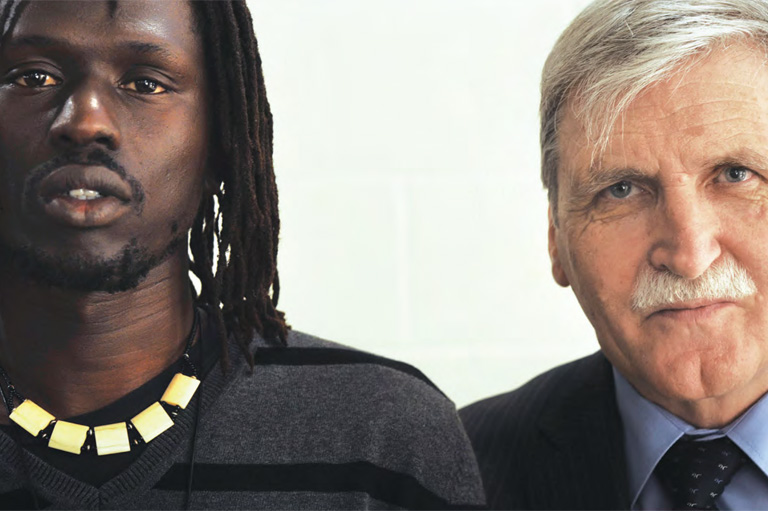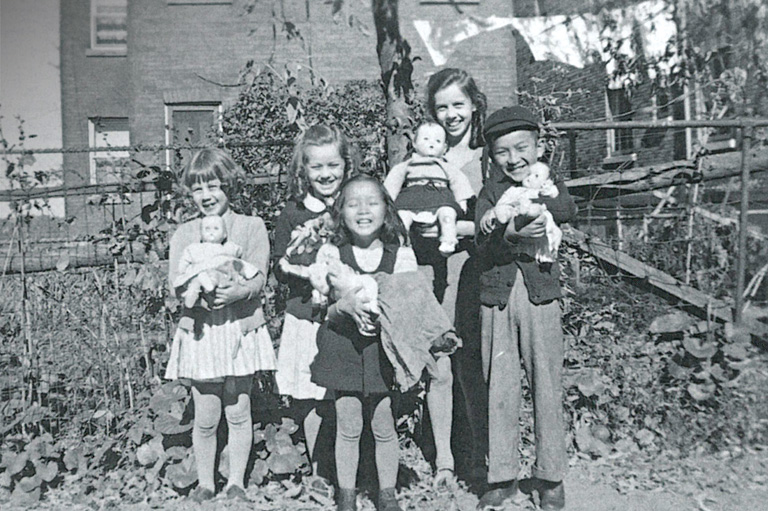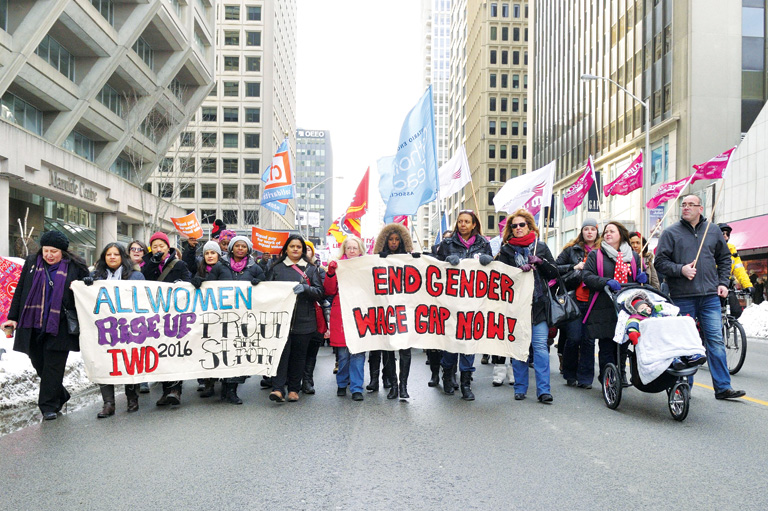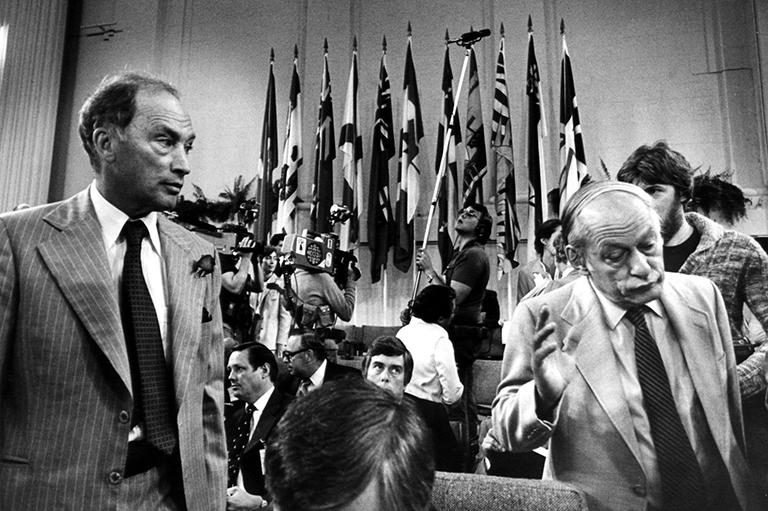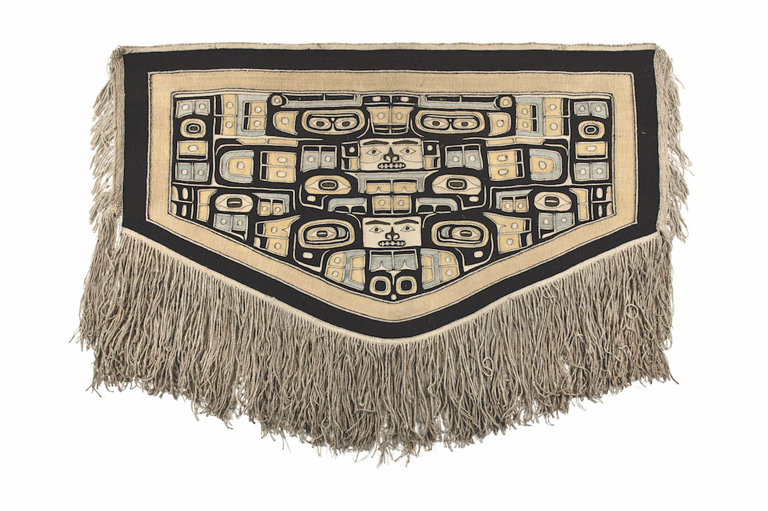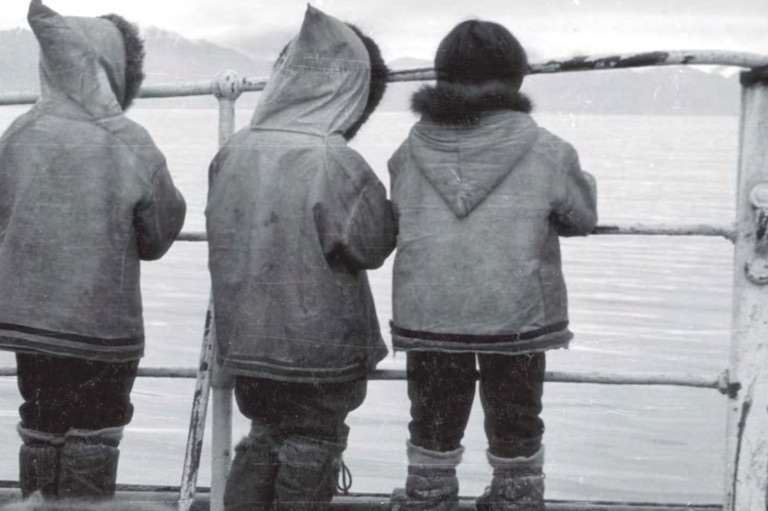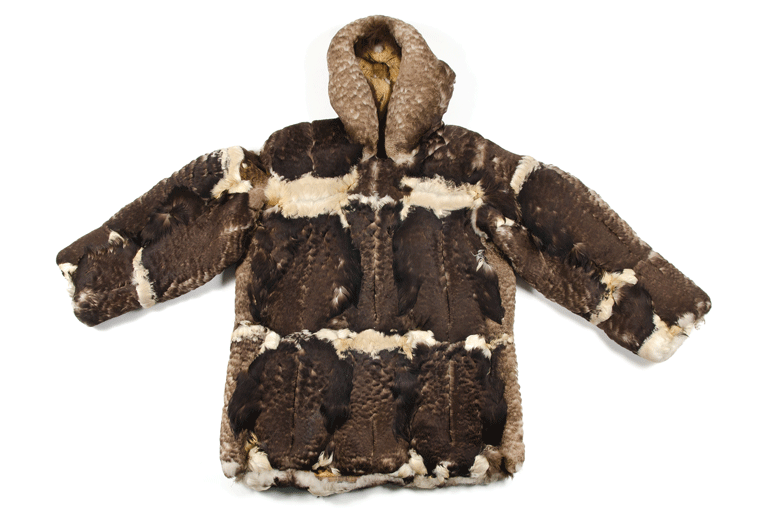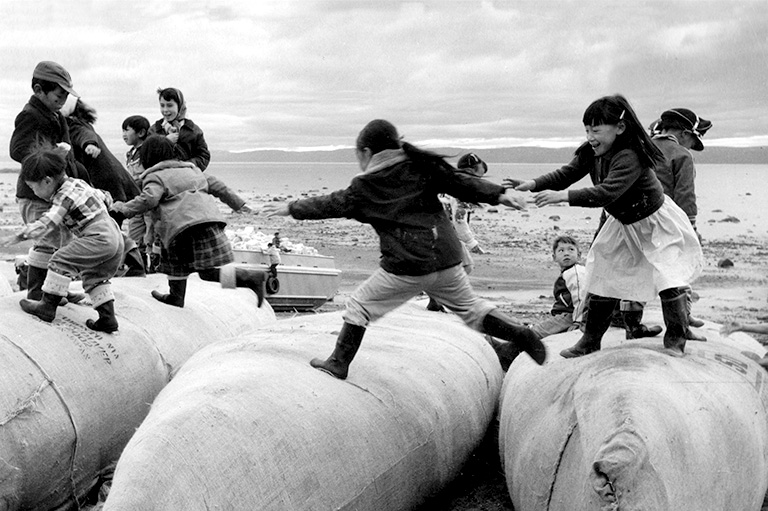Rights and Reconciliation
Big Question
How do we achieve true reconciliation?
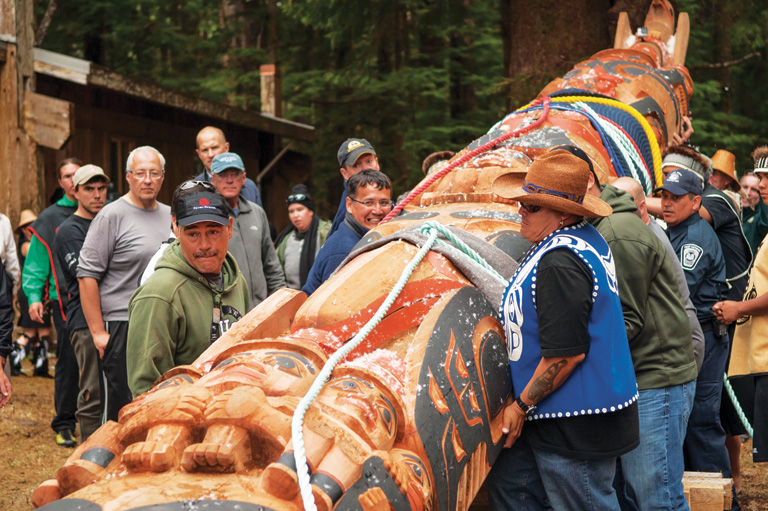
Every story has a starting point, a moment frozen in time and space that allows the rest of the narrative to unfold. This year in Canada we are celebrating our 150th anniversary as a country, and, just like all great tales, the starting place from which we begin to tell the story is as random as any. So let’s try to start the story in a different place.
Once upon a time, there was no British Columbia, no Alberta, no Northwest Territories, no New Brunswick, no Nova Scotia, and no Prince Edward Island. There was no “new found land.” There was a Manitoba, a Saskatchewan, an Ontario, and a Quebec. But the names had different meanings than what are ascribed to them today by the vast majority of Canadians.
Once upon a time, this geographic space we now call Canada was referred to by many names. It was called home by millions of Indigenous peoples in over sixty different Indigenous languages. Life here in Turtle Island was self-determining — the rivers ran as rivers, the elk roamed as elk, and the many nations of Indigenous peoples charted their own paths to the future.
Life was balanced in a framework of rights. Everything had the right to life. The deer had an inherent right to life; it had the right to be a deer, and it had a right to live in a healthy home and to raise its children in a kind and loving way. The peoples of this land, too, had the right to life, to raise their children in the manner they saw fit. Teachings were given, and ceremonies, names, knowledge, and understanding were passed through the generations.
Life did not exist in isolation but was part of a complicated web of being and understanding. While each had a right to life, it did not mean that those rights could not be infringed upon. This was, and remains, a necessity for life. The hunter, in order to ensure his own children were cared for, needed to infringe upon the deer’s right to life. The berry picker needed to harvest the unborn seed of the plant.
But when a rights-based framework of life is understood, the corresponding effect is that an understanding develops of the infringement. In harvesting, the hunter is required to pray, and to be of clear mind before the hunt, and to ask for the deer to give itself to the hunter. The surrender of life required acknowledgement of the animal’s life and then honouring that deer with a respectful death. Atonement for interrupting life needed to occur.
Under this framework, everything is connected and there is a drive towards balance. Balance is the state wherein the rights of all living creatures are respected, acknowledged, and honoured. Human life becomes contextualized within a web of mutual accountability and need wherein life cannot occur without the support of other life. Humans are neither above nor below other forms of life but part of a dynamic web of all forms of creation.
In the discovery of the “new world” by European settlers, all forms of Indigenous life in Canada underwent a prolonged attack on their rights. As people and ideas began to flood in from Europe, the rights-based framework of life in balance was eroded. Natural laws were replaced by common laws that placed humans outside of the natural world and turned all forms of life into subjects to be ruled over. It is no coincidence that the Latin root of dominion — as in Dominion of Canada — is dominus, which means master and implies having control over another. Dominate has the same root.
Indigenous peoples quickly found themselves living in an evershrinking bubble. Under the new dominion paradigm imported from Europe, Indigenous peoples no longer had the right to selfdetermine. The Indian Act imposed vast restrictions on nearly all aspects of the lives of First Nations peoples, while both Métis and Inuit communities underwent oppression, relocation, dispossession, and subjugation. Ever-increasing policies restricted social practices, including the right to ceremony, the right to determine who is and who is not a member of the community, and, most fundamentally, the right to land.
Perhaps the most egregious of these policies involved the residential schools that eliminated the right of Indigenous parents to raise their own children. Through the residential schools, Canada authorized state-sponsored child abduction while simultaneously preventing parents from having a meaningful relationship with their children. Children were cut off from their languages and traditional names while being renamed as numbers and taught to speak and think like Western Europeans.
But in order to understand the residential schools, it is essential to situate them in the broader context of what they enabled this country to achieve.
Access to the life that existed here — be it the trees, the fish, the furbearing mammals, or the life given by the fertile soils of the prairies — drove the need to settle and to establish dominion across Canada. While Indigenous peoples saw the need and ability to live life in balance, colonial authorities saw the life present in Turtle Island as something to subjugate, dominate, own, and convert into capital.
Eliminating questions of ownership to the land controlled by Indigenous peoples became a central thrust of the colonial agenda. In places such as British Columbia, most of the land was simply occupied without First Nations ever surrendering their rights to it. The promises of treaty were viewed through colonial eyes as a means to settle the question of ownership.
Indigenous perspectives on treaty remain little understood and as yet unrealized. The ideas of committing to a relationship of peaceful coexistence between equals and that life can exist in balance remain elusive goals for us as a nation.
The liquidation of the natural resources of this country is at the heart of who we are as a nation. The primary economies that paved our streets, built our hospitals and our skyscrapers in this colony we call Canada have come directly from the conversion of life into capital. When we walk on Bloor Street in Toronto or stroll on Robson Street in Vancouver, we walk on the bones of countless life forms that, before the importation of European ideals, had an inherent right to live.
While we have now developed means to create vast sums of wealth solely by leveraging financial vehicles to make more money off more money, at its heart all wealth generated on this planet comes from the earth. Humans beings need life in order to live.
But this is not the narrative we typically hear taught in our schools today. Nor is it a particularly comfortable narrative for us to discuss in public forums.
The reason for this is that we, as a society, live in a world that’s profoundly out of balance. We rob and steal from future generations; we use rivers as our ditches and oceans as our dumping grounds.
Life is collapsing across the planet; human beings are causing animal species to go extinct at a rapidly increasing pace.
Canada is one of the richest nations in the world. But this wealth has come at a great cost and at the direct expense of others. In but a blink of an eye in geological time, we have converted Turtle Island from a land of great riches and thriving Indigenous peoples to a land mass scarred, defaced, and in crisis. Indigenous communities struggle each day to overcome the genocide unleashed on this territory in the search for wealth and riches.
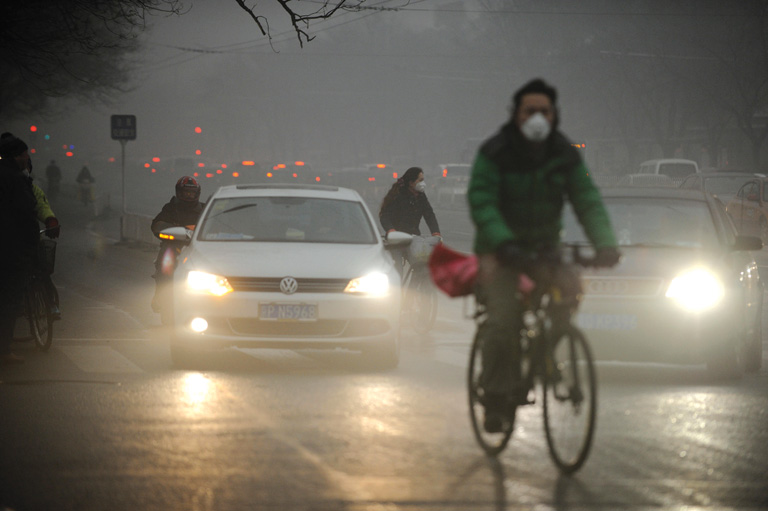
These are profoundly challenging times we are living in, and we need not just to be asking ourselves how we are addressing these challenges but to be fundamentally re-examining our core beliefs and values as a society.
The Truth and Reconciliation Commission (TRC) was asked to bring forward dark truths in order to propel our country forward down a path of reconciliation. Some of the dark truths that emerged focused on the inhumane treatment of children inside the residential schools.
But central in the findings of the TRC was also the recognition that we as a society have been lied to for years. Indigenous peoples have never been properly reflected in the history textbooks, museums, or cultural fabric of our society. Indigenous perspectives remain little heard. And, while there is much that is starting to change, the cover-up of the true history of our nation has yet to be fully exposed.
Out in B.C., as you drive along any of the major highways or roads, you will see beautifully forested hills stretching high to the tops of the mountains. Preserving a sense of “beautiful B.C.” scenery is an intentional policy of the provincial government. Views along major highways are carefully constructed to avoid clear-cuts or other industrial activities.
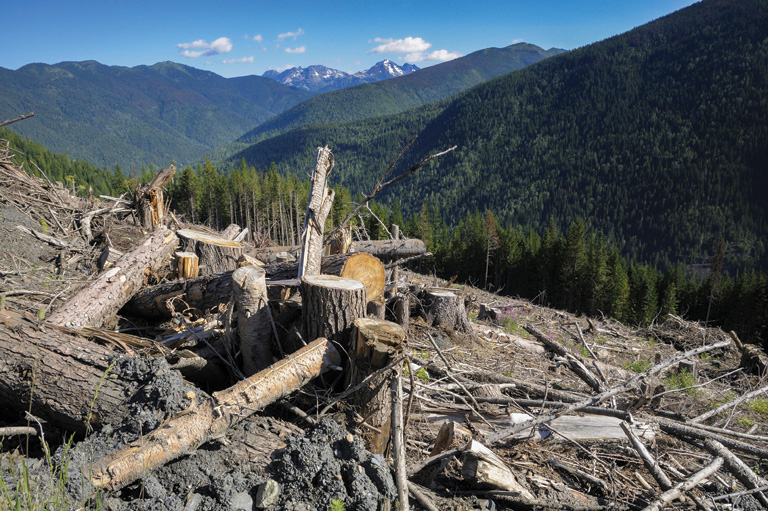
But lurking behind an often thin buffer of trees beside the highway is the true story of who we are. We continue to convert life into resources in a manner that is not balanced and does not recognize the fundamental right of all life that once lived in that forest to have a good life. We continue to erase Indigenous histories from our consciousness.
The evidence of what this land mass once was can still be found. Photo albums and historical documents recount the Great Plains being covered with more than sixty million bison while coastlines teemed white with herring roe. The records also document the destruction of all of this — and of the Indigenous people who stood in the way — as natural resources were exploited.
Truth is the path forward. We need to start taking a hard look at the truths of Indigenous people and of life as a whole on Turtle Island.
Residential school survivors helped us pull back the curtain to expose the wizard. They helped us understand that truly the emperor has no clothes. We as citizens of this country need to pursue the truth with vigour, all the while understanding that the truth passes through many filters, prejudices, and previous teachings before it even reaches us.

A rights-based framework is the future of reconciliation in this country. This is why the United Nations Declaration on the Rights of Indigenous Peoples is listed as the first of the Truth and Reconciliation Commission’s ten principles of reconciliation. Rights, and the preventative steps to ensure that the abrogation of rights does not occur, are the foundation upon which this country can transform itself.
Our friends far to the south in New Zealand recently recognized the inherent right of a river to be a river — that is, to have the same rights afforded to it as a human being does. The new legislation recognizes the Whanganui River as an ancestor of the Whanganui Maori tribe — something for which the tribe has been fighting for 140 years.
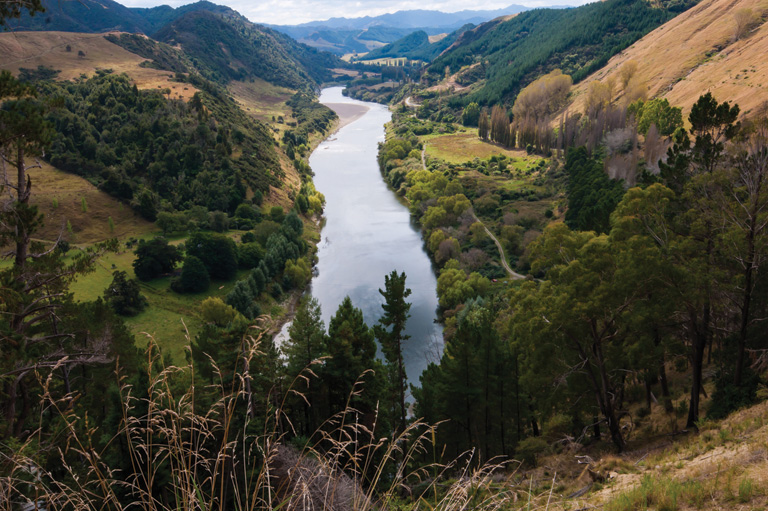
The new status means the law now sees no differentiation between harming the tribe and harming the river, because they are one and the same. And, not long after, a court in India cited the New Zealand legislation in its decision to grant the Ganges River and its tributary the Yamuna River the same rights as people. The Ganges is considered sacred by most of India’s population.
Indigenous languages are rooted in the land, and Indigenous sovereignties are rooted in the language. Without language, Indigenous cultures, ways of knowing, being, and understanding, become lost. Once lost, the connection to the land is lost as well.
The United Nations Declaration on the Rights of Indigenous Peoples affirms that “Indigenous peoples have the right to maintain and strengthen their distinctive spiritual relationship with their traditionally owned or otherwise occupied and used lands, territories, waters and coastal seas and other resources and to uphold their responsibilities to future generations in this regard.”
In order to understand who we are as a country, we must become much more aware of the complex need for balance. Indigenous life has come under prolonged and direct attack, from the assault on Indigenous peoples to the ongoing assault on Turtle Island. As the TRC has said, the establishment and maintenance of mutually respectful relationships — all relationships — is the path for real reconciliation to occur.
Themes associated with this article
Advertisement

